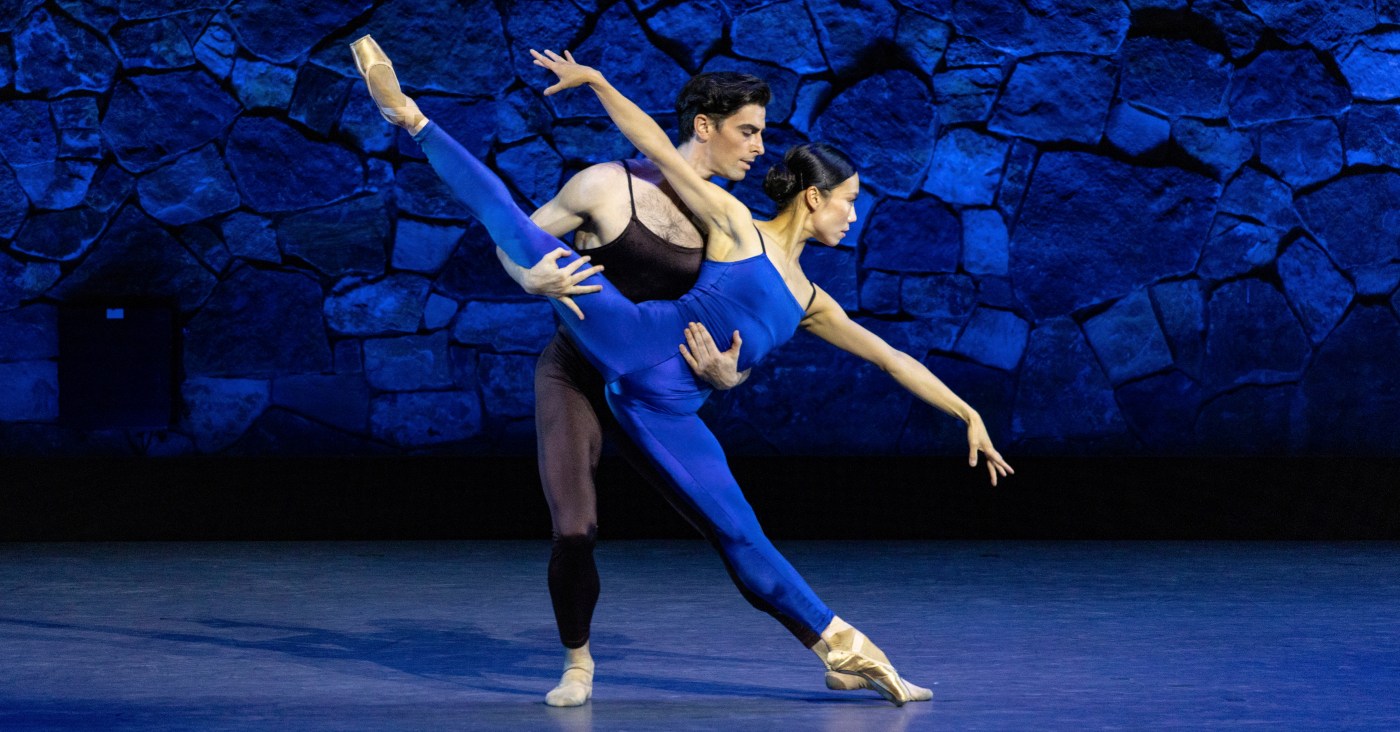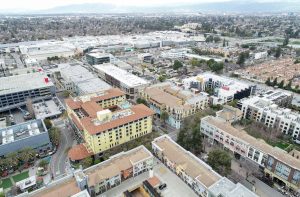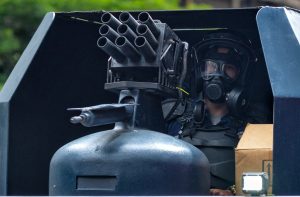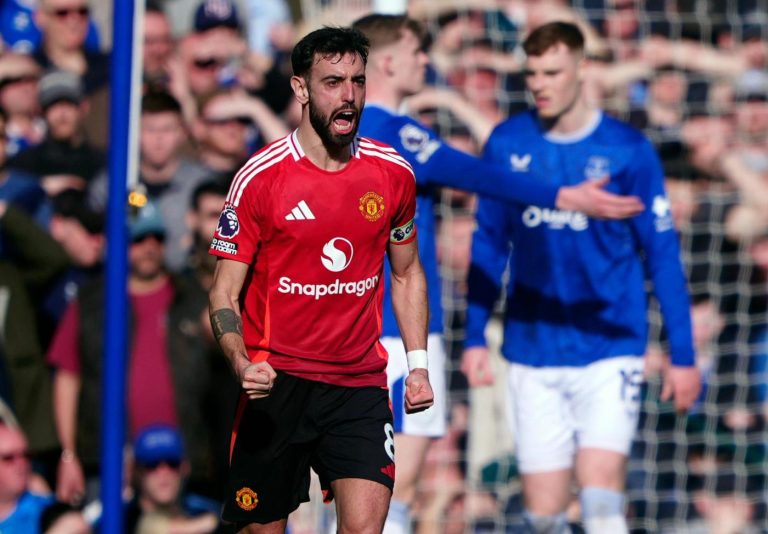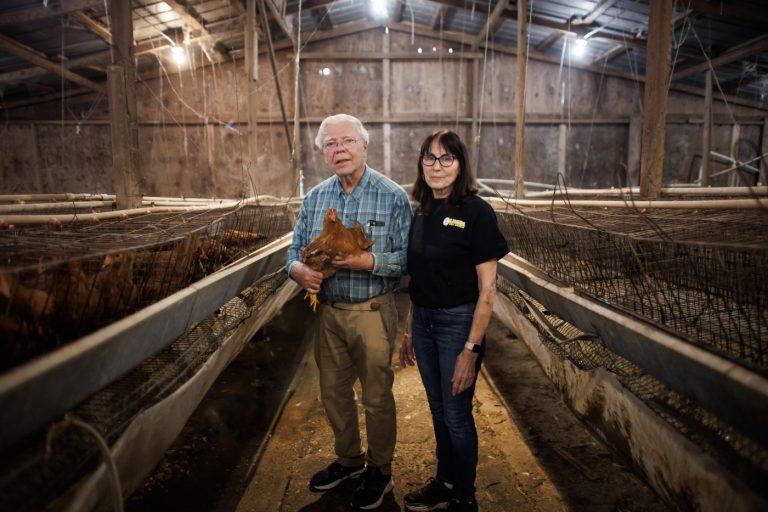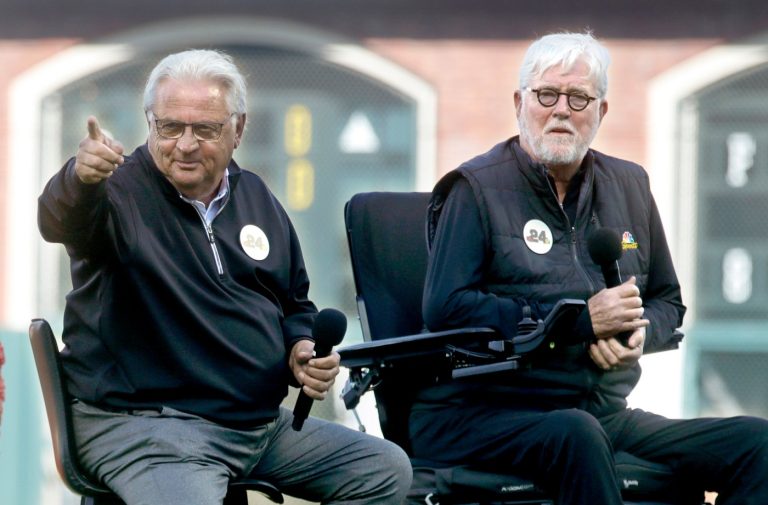The famed San Francisco Ballet, which has performed in rigorous conditions all over the world, finally met its match: July in the Bay Area.
While the rest of the nation suffers through punishing heat waves, our recent temperatures have been so chilly that Saturday’s ballet performance at Stanford University’s Frost Amphitheater was paused due to fear of injury — jettisoning a central act, its long-awaited premiere of Ben Stevenson’s Three Preludes.
“It was just too cold,” and heaters would have drowned out the delicate piano music, said the company’s artistic director Tamara Rojo. “When you’re dancing, you don’t feel it. But when you stop moving, or move very slowly, your muscles can go into into spasm.”
“It’s bizarre,” said Rojo, who as a youth trained on the hot black linoleum floors of Madrid. When named to lead the ballet in 2022, “I thought I moved to sunny California.”
What’s going on? A strong and stubborn low pressure system has parked itself over coastal California, said meteorologist Jan Null of Golden Gate Weather Services. Fog is pouring through the Golden Gate and crawling up and down the wrinkled hills of the Santa Clara Valley, the East Bay, San Francisco and Pacific coast. But warmth is expected to return by Friday.
Our region’s iconic summer fog has gone missing for much of the summer. In early July, when a high pressure system was overhead, some inland parts of the Bay Area reached triple-digit temperatures. Even coastal areas like San Francisco didn’t get the usual overnight reprieve.
Now the Summer Shivers are back. Residents don sweatshirts over T-shirts, conjuring up the apocryphal Mark Twain quotation about the coldest winter of the author’s life being a summer in San Francisco.
“There’s nice cold water — about 56 degrees — right off the coast, and a good sea breeze,” said Null. “That’s going to keep everything nice and chilly.”
Bay Area summers have posed a longstanding challenge for the region’s performers and athletes.
One production of “The Tempest” at Cal Shakes, an Orinda-based outdoor venue for the live arts, was so foggy and damp that the stage became dangerous. An extra intermission was called, so stagehands could run out with towels to dry things off.
When the San Francisco Giants played home games at Candlestick Park, the wind often made it difficult for outfielders trying to catch fly balls, who also had to play in cold, wet shoes in damp grass.The late Giants Hall of Fame center fielder Willie Mays claimed the wind cost him over 100 home runs. The Park’s ‘Croix de Candlestick’ pin, given to fans who stayed for the duration of extra-inning night games, featured the the Latin slogan “Veni, vidi, vixi”: “I came, I saw, I survived.”
Dancers wear light and form-fitting clothing, and sweat profusely, so risk getting chilled, Rojo added.
On stage, the temperature dropped to 65 degrees. Off stage, it was even colder: 59 degrees.
In the audience, professor Hank Greely, director of the Stanford Program in Neuroscience and Society; was bundled up in a long sleeve blue oxford cloth shirt with a yellow sweater vest. “I was beginning to get cold,” he said. “It occurred to me that maybe I should have put out a warmer sweater.”
“The dancers wanted to carry on” to perform the second act, including “Three Preludes,” storytelling about the complexities of the human soul, said Rojo. “But it requires a solo piano and very quiet music.”
“We would have had to switch off the heaters on the stage” to hear, she said. “The dancers need to hear the orchestra. So it would have been considerably colder.”
San Francisco Ballet performs Starry Nights at Stanford University’s Frost Amphitheater. (Photo by © Reneff-Olson Productions)
Instead, the ballet shifted directly to the third act. A tango and tribute to the Dutch choreographer Hans van Manen, it featured taped music — which could be heard over the heaters.
“I was so sad,” she said. “But we have 11 months ahead of us in a very, very, very demanding season.”
Greely said the audience, bundled up in blankets and parkas, seemed to support the decision.
“The San Francisco Ballet dancers are the best athletes in the Bay Area,” he said. In the short professional career of a dancer, “a torn hamstring could take someone out for a year.”
“It felt like a full performance,” he said. “The pieces they did were wonderful.”
